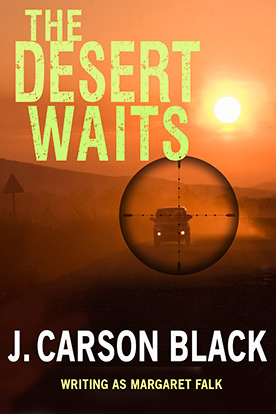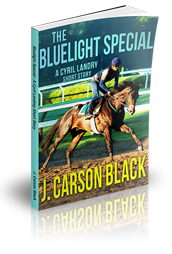
People ask, “Where do you get your ideas?”
To write a novel, you need a whole grab bag full of potential ideas, because you are about to embark on a long journey. Or, put another way, you’re dealing with a machine that has many separate and working parts. I am sure there are novels about one thing, but even that one thing has several facets. Otherwise, there would be nothing for the reader to follow. No Superhighway, no meandering scenic route, nor even bread crumbs.
So where do I get my ideas? I try to come up with some sort of theme for the story. Often, it’s fuzzy and I have to fill in the blanks. For The Survivors Club, I lighted on the idea of a family of adult children who were bad to the bone. Pure, unadulterated evil.

A ruined building in the ghost town of Ruby, Arizona
I had to kill a man to start the story off, and I wanted the right place for it. I decided a ghost town would be pretty darn cool. I’d been to a few, but one stood out. A few years before, I’d taken a tour of the ghost town of Ruby, perched on the border between Arizona and Mexico. I took a few photos, heard a few stories, roamed through a few ruined buildings.

Old, weathered building in Ruby Arizona
Fast-forward to killing the guy in my book. I had the perfect place. I changed the name of the town to Credo, and moved the furniture around a bit.
And Tess McCrae had her homicide case.

Mining facilities in Ruby
From The Survivors Club:
Chapter 5
They split up. Danny would be testifying at a homicide trial just before lunch, and would probably be gone for most of the day.
Tess followed Ruby Road to the end of the blacktop and her plain-wrap Tahoe clunked over the washboard road. It was a long, bone-jarring drive.
This was Border Patrol Country. It was rare for Santa Cruz County to send anyone out here—certainly not on patrol. She was alone.
She passed the gate to the ghost town of Credo on the left. The gate was a continuation of wire fence. A wire loop held the gate post and fence post together. The ranch gate could be unlooped and dragged across the road to make way for cars.
Tess noticed a van from the Medical Examiner inside the fence. She decided to come back when they were gone. When she went back to the crime scene she wanted quiet and a chance to think. She drove around the bend and up another hill.
Around another bend there would be a couple of trailers and an even more primitive camp.
Tess slowed at the sight of an old travel trailer backed into a rocky hill. It sat on a spur off an old ranch lane.
Thirty yards beyond the trailer, where the road bottomed out in the streambed, a couple of tree-limb posts were strung with two strands of wire across the wash. Tess noticed that tin cans had been stuck on top of the limbs, and they’d been shot to pieces.
The travel trailer was shaded by a camo tarp. The sixties seemed to be a theme here: a faded Game & Fish truck, pale green, stood out front, the emblem painted over. A campfire ring and a makeshift table made out of scrapwood kept a cheap kitchen chair company under the tarp.
There was a stake and a chain, too–for a dog.
She had a bad feeling about this, partly because of the way the place looked, but also because of Danny’s Bladerunner comment.


